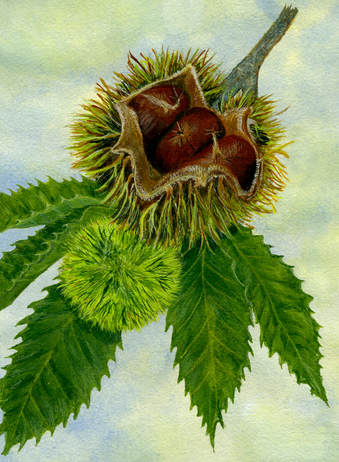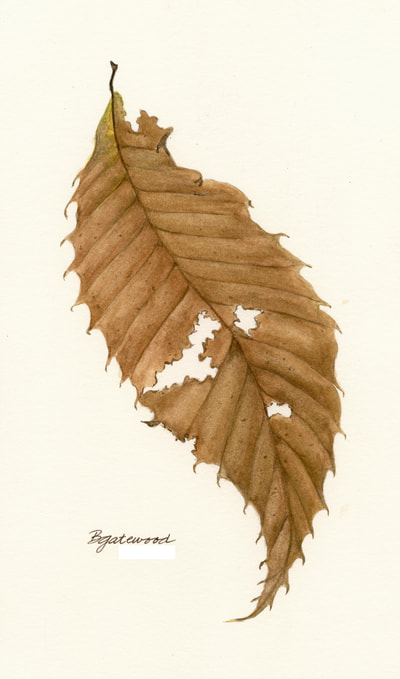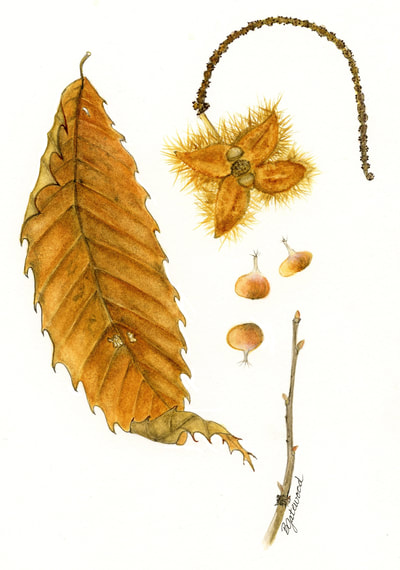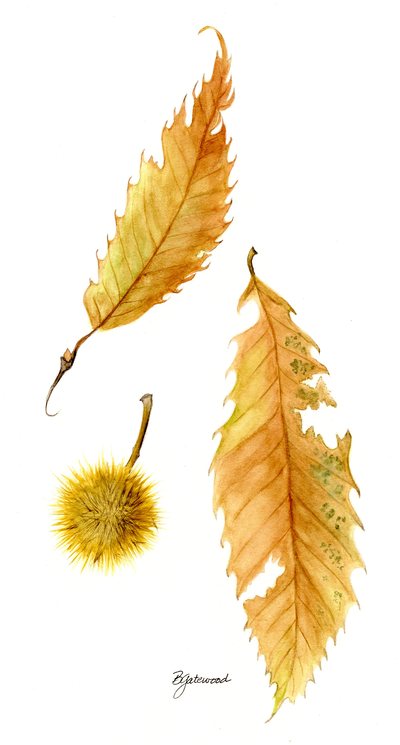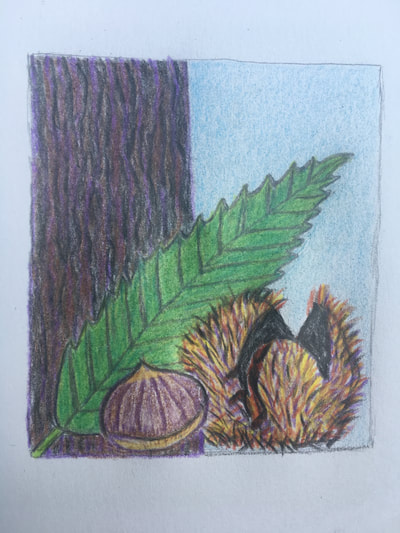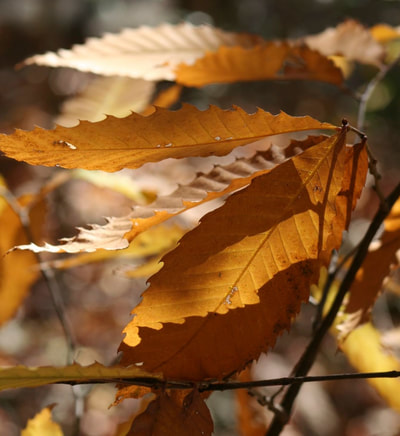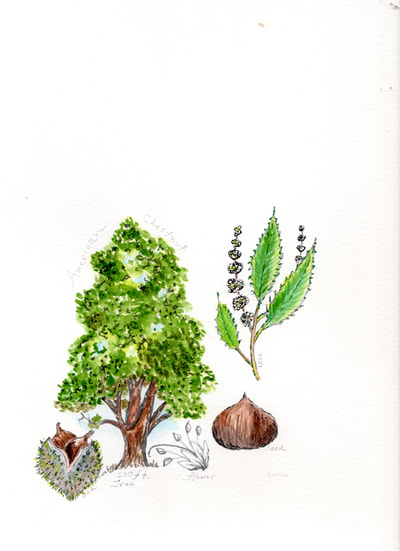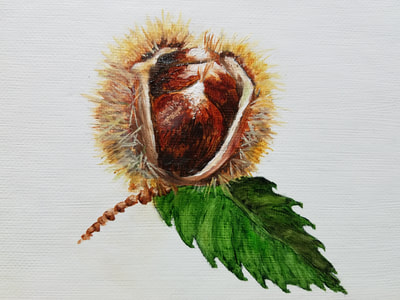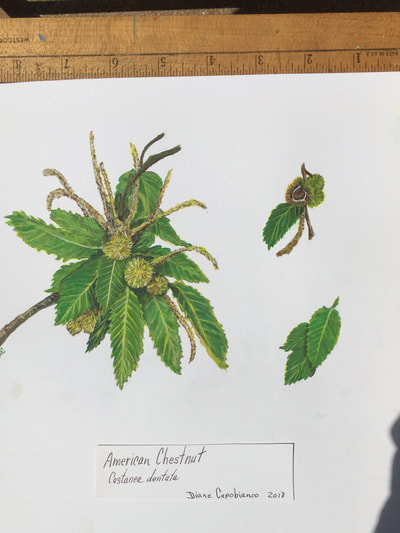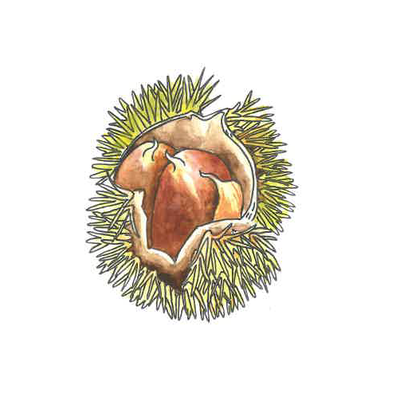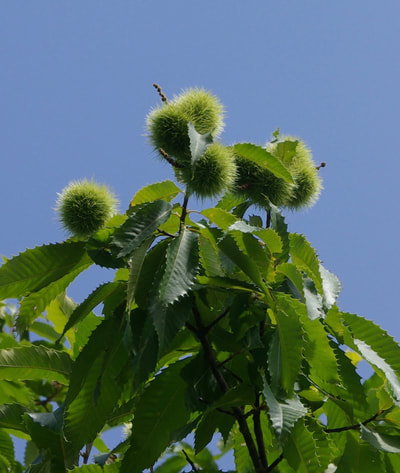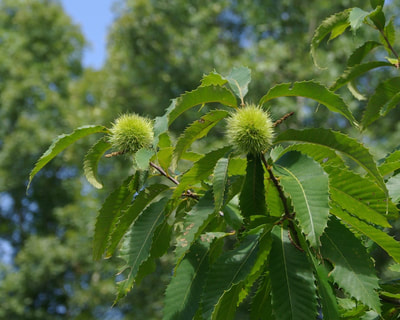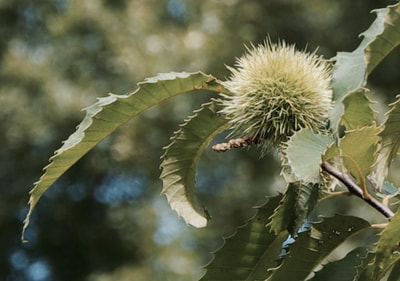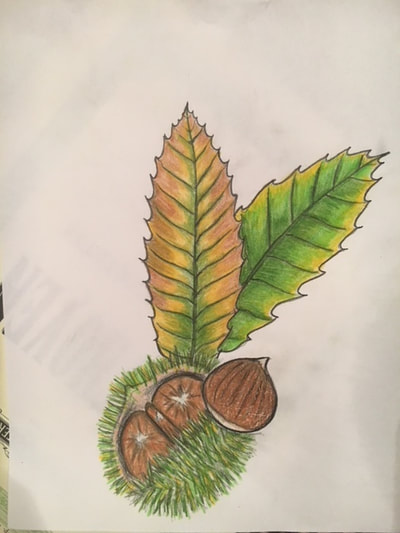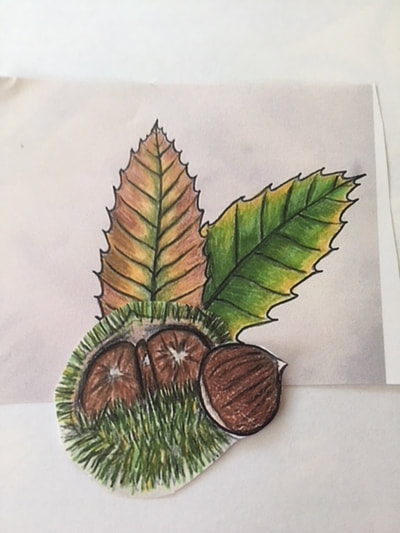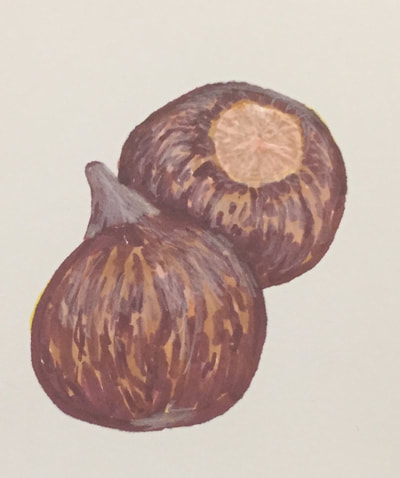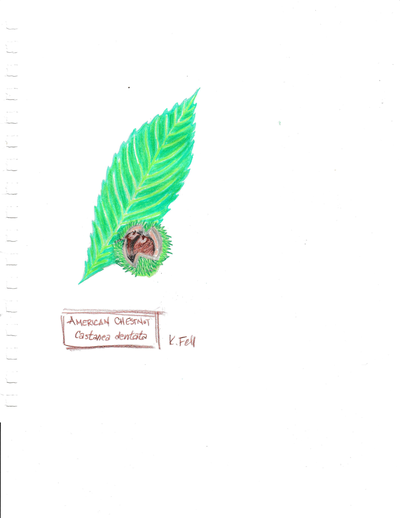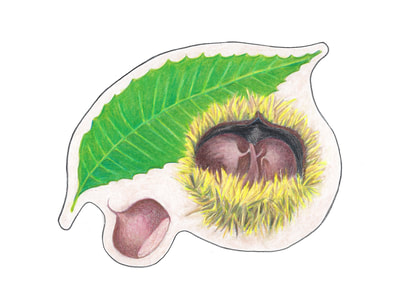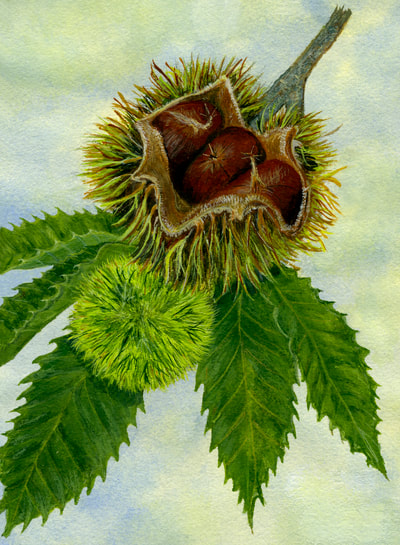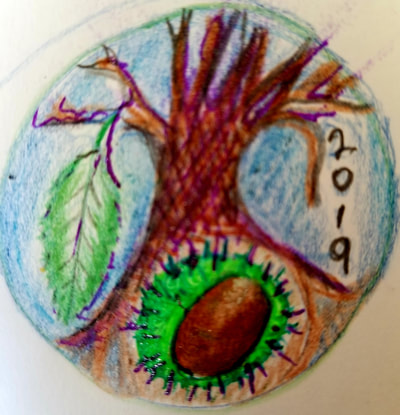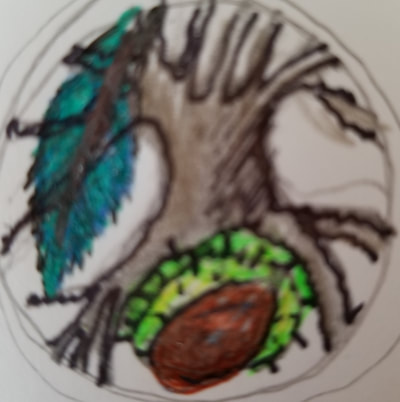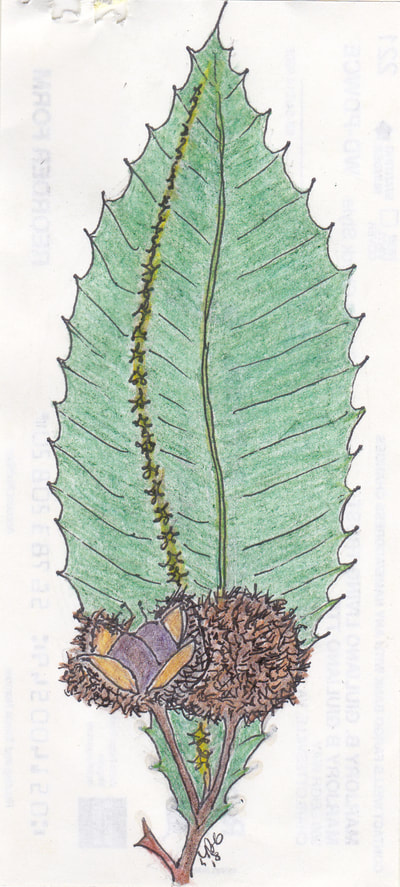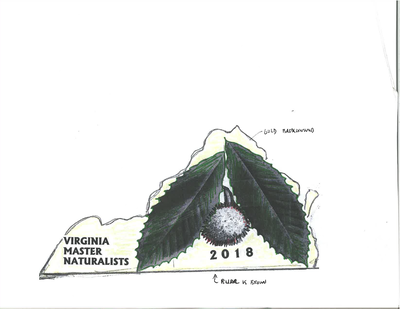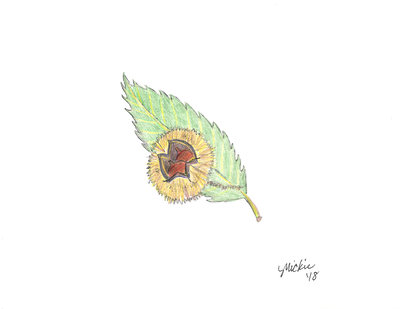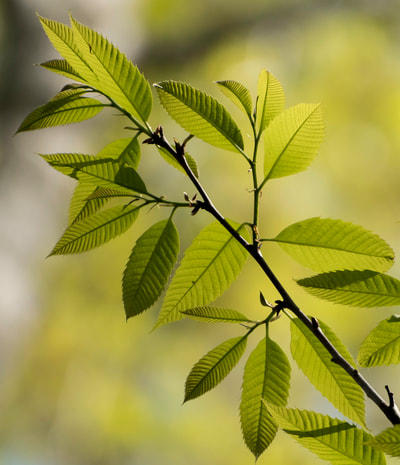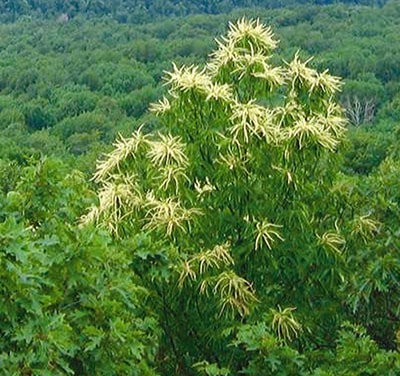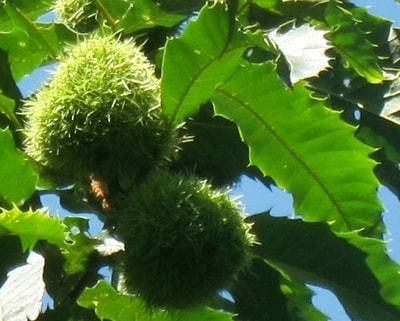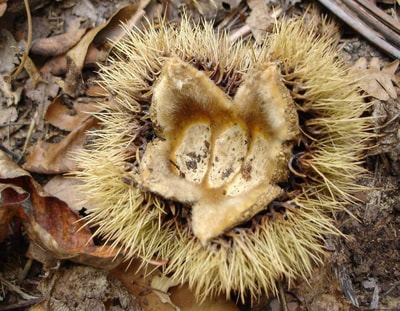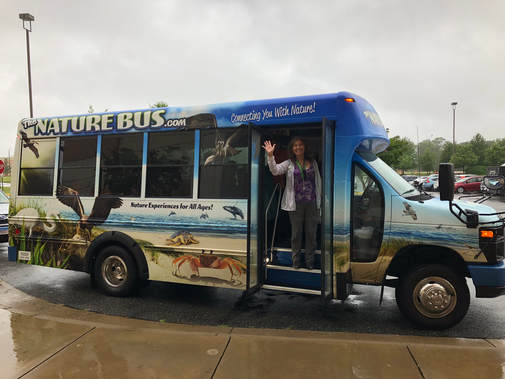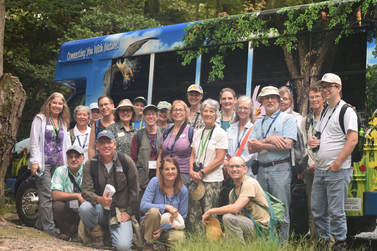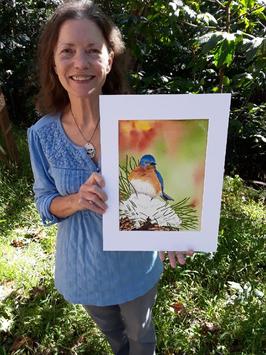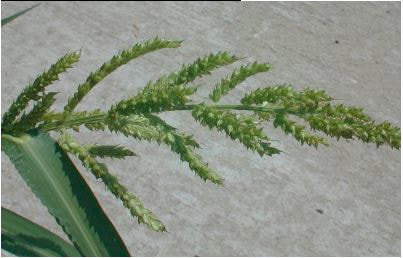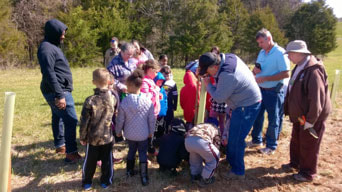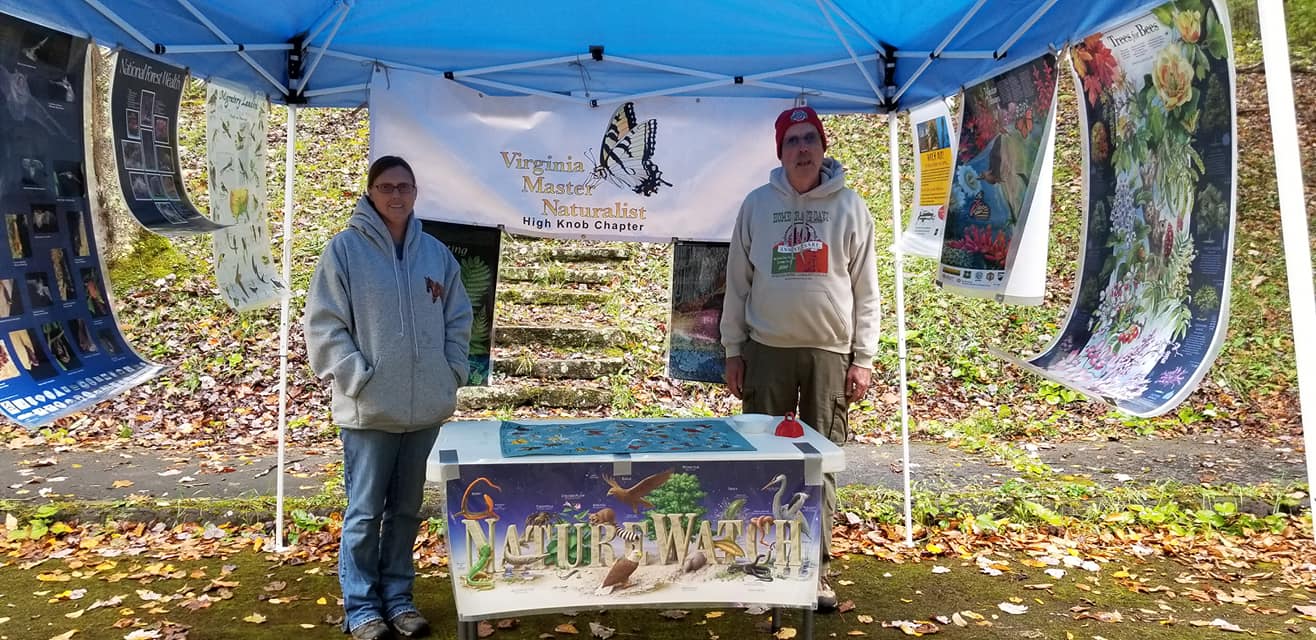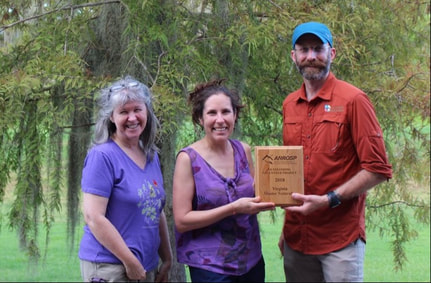All our 1,800+ volunteers are contributing a lot to benefit their communities and Virginia’s natural resources! At the state level, we try to recognize our volunteers through certificates, pins, newsletter stories, social media posts, and simple thank-yous. We are pleased, however, to also be able to recognize a small number of individuals with our statewide awards. Some of these awards are based on nominations, while others are based on reporting of volunteer hours. All award winners were recognized at our VMN Statewide Conference and Volunteer Training in Fredericksburg in September. Each volunteer and chapter receiving an award also received a gift certificate to Acorn Naturalist, where they can buy naturalist tools and gear that should be handy for their volunteer work.
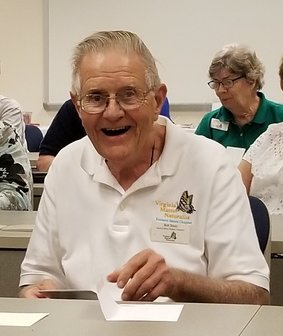 Bob Toner, Certified Virginia Master Naturalist volunteer in the Eastern Shore Chapter, completed and reported 1,158 hours of service in 2017! Photo by Barbara O’Hare (VMN-Eastern Shore Chapter)
Bob Toner, Certified Virginia Master Naturalist volunteer in the Eastern Shore Chapter, completed and reported 1,158 hours of service in 2017! Photo by Barbara O’Hare (VMN-Eastern Shore Chapter)
Volunteer Reporting The Most Hours in 2017:
Robert Toner, Certified Virginia Master Naturalist in the Eastern Shore Chapter
Bob Toner completed and reported 1,158 hours of Virginia Master Naturalist volunteer time in 2017. That is about 22 hours a week! In 2017, his numerous activities included collecting data for many citizen science bird surveys, giving educational tours at a National Wildlife Refuge, maintaining trails at a Nature Conservancy preserve, and working with other VMN volunteers to conduct an urban tree inventory in their town.
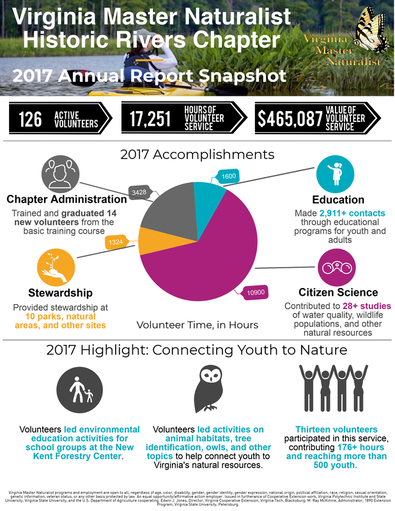 This infographic highlights the VMN-Historic Rivers Chapter’s 2017 accomplishments.
This infographic highlights the VMN-Historic Rivers Chapter’s 2017 accomplishments.
Chapter Completing the Most Hours Per Active Member in 2017:
Historic Rivers Chapter
Our chapters vary greatly in size, so we scale the hours based on the total number of volunteers in the chapter who reported service hours that year. The chapter winning the award for their 2017 work this year is one of our larger chapters, with 126 active members in 2017. On average, those volunteers each contributed 137 hours of service during the year. Some of the projects they did included collecting, cleaning, and hauling oyster shells for restoration projects with VIMS, leading environmental education programs for DOF at the New Kent Forestry Center, and conducting butterfly counts at National Park Service sites. They also put on a great basic training course and graduated a bunch of new volunteers! Congratulations to the Historic Rivers Chapter!
The remaining three awards were all based on nominations.
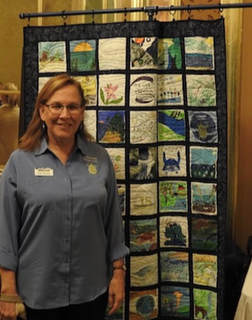 Jody Ullmann, VMN-Tidewater Chapter, with a conservation-themed quilt with squares designed by local schoolchildren. Photo by Bill Ullmann.
Jody Ullmann, VMN-Tidewater Chapter, with a conservation-themed quilt with squares designed by local schoolchildren. Photo by Bill Ullmann.
VMN Volunteer of the Year: Jody Ullman, Certified Virginia Master Naturalist in the Tidewater Chapter
For the Volunteer of the Year, we received 7 nominations of volunteers from 7 different chapters. Every single one of these people, as well as many who weren’t nominated, is truly a Volunteer of the Year. The service of these volunteers and the impacts they make through natural resource education, stewardship, and citizen science in their communities is truly inspiring.
The award for Volunteer of the Year goes to a volunteer who has volunteered as a VMN with many different partner organizations, including the Virginia Aquarium, Back Bay National Wildlife Refuge, First Landing State Park, and others. Over the years she has held several leadership positions within the chapter including president, and actively participated on the board of directors, most recently as the co-chairperson of our Junior Master Naturalist Program which she helped build. She is described as someone who is always looking for ways to share her love of the environment and to get people learning about the natural world, whether they are pre-schoolers or adults. Congratulations, Jody, and thank you for your service!
Additional Nominees for VMN Volunteer of the Year 2018
|
Name
|
Chapter
|
Nomination Highlight
|
|
Dianna Bridges
|
New River Valley
|
“She demonstrates an appreciation and curiosity for all aspects of the natural world and leads by example for multiple volunteer activities. She embraces new members, valuing their potential contributions, and helping them to feel truly a part of our group.”
|
|
John Bunch
|
Historic Southside
|
“John is a great VMN and a fantastic team player. He is very active within the chapter and is very passionate about the VMN mission. You can often find him at Airfield or out and about enjoying nature and working with fellow VMN through projects and outreach. He is a great example of what VMN are and stand for.”
|
|
Kelly Krechmer
|
Merrimac Farm
|
“She is a Certified Interpretative Guide and I used my skills to provide interpretative programs in the parks including programs on how to use eBird and iNaturalist for citizen science. She has completed over 2,500 checklists for the Virginia Breeding Bird Atlas 2.”
|
|
Doug Britt
|
Fairfax
|
“Since 2016, he has served on the Reston Association (RA) Environmental Advisory Committee (EAC), chairing the working group that produced the first Reston Annual State of the Environment Report (RASER) in 2017 and is now producing a 2018 version. He and nine citizen scientists (including five VMNs), wrote the 174-page RASER, which documents the condition of Reston’s natural resources and made 60 recommendations for protecting or improving Reston’s environmental quality.”
|
|
Jan Lockwood
|
Historic Rivers
|
”Jan’s patience, kindness, natural curiosity, and love of nature comes out in everything that she does. She has been a member of our chapter since 2008 and has 3,500 of hours of volunteer service. Just this year, she was involved in more than 10 projects of Citizen Science, Education with adults and children, Stewardship, and Administration.”
|
|
Patricia McMurray
|
Northern Neck
|
“Her energy, positive attitude, subject matter expertise, organizational prowess, and communication skills had a clear and measurable impact on motivating people to learn about and embrace the natural world and commit to the Master Naturalist program. Her volunteer work defines what it is to be a selfless master naturalist to better the Commonwealth of Virginia.”
|
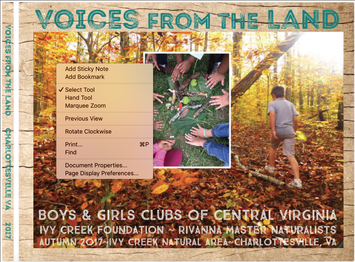 Producing a book highlighting the creative outputs from youth in the program was one activity of the Voices of the Land project. The book includes photos, poetry, and other art by the youth.
Producing a book highlighting the creative outputs from youth in the program was one activity of the Voices of the Land project. The book includes photos, poetry, and other art by the youth.
Education Project of the Year:
Voices from the Land by the Rivanna Master Naturalist Chapter
This project aims to help youth with the Boys and Girls Clubs of Central Virginia explore and celebrate natural landscapes through the arts and creative writing. Funded by a grant, more than 25 volunteers met with teams of youth for 12-15 weekly sessions when they explored the outdoors and found inspiration in their local forests to create art, photography, poetry, and performances. More than 100 youth benefited from the mentoring of the volunteers, and the volunteer team is invited back this fall to repeat the program.
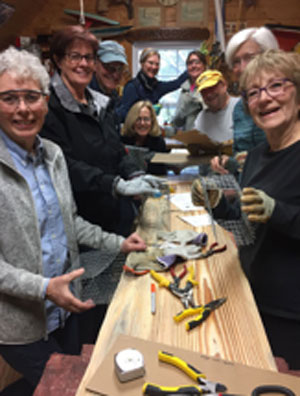 VMN-Historic Rivers Chapter volunteers work on bluebird box building and repair. Photo courtesy of Jan Lockwood.
VMN-Historic Rivers Chapter volunteers work on bluebird box building and repair. Photo courtesy of Jan Lockwood.
Citizen Science Project of the Year:
Bluebird Trail Monitoring by the Historic Rivers Chapter
Nearly all of our chapters do some sort of bluebird box monitoring, but the Historic Rivers Chapter has taken it to a new level! Three-quarters of their members participate in the project (that’s 98 people!), monitoring nestboxes on 18 different trails. What is particularly noteworthy is how the chapter has grown the effort from just 12 nestboxes in 2010 to more than 300 today. They have organized workshops to improve the predator protections on the boxes, conducted mini-research projects to test strategies for reducing house sparrow use of the boxes, and have incorporated educational opportunities for youth into schoolyard sites.
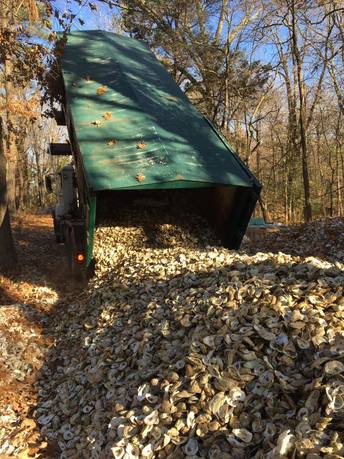 The VIrginia Oyster Shell Recycling Program closed out 2017 with the single largest haul of recycled shells, solely from the Richmond region. They hauled more than 9 tons (18,200 lb) of shell to be used as part for oyster restoration program. Photo courtesy of the VCU Rice Rivers Center.
The VIrginia Oyster Shell Recycling Program closed out 2017 with the single largest haul of recycled shells, solely from the Richmond region. They hauled more than 9 tons (18,200 lb) of shell to be used as part for oyster restoration program. Photo courtesy of the VCU Rice Rivers Center.
Stewardship Project of the Year:
Virginia Oyster Shell Recycling by the Riverine Chapter
Don’t chuck that shuck! At least five of our VMN chapters have been working hard on the Virginia Oyster Shell Recycling project, a program of the Virginia Commonwealth University Rice Rivers Center Riverine, Rivanna, Peninsula, Historic Rivers, and Pocahontas are all involved. In this project, volunteers collect oyster shells regularly from local restaurants and grocery stores and bring them to a common drop-off site. Additional volunteers assist with bagging the shells and spreading them on sanctuary reefs in the Chesapeake Bay and surrounding rivers. Volunteers also work at various oyster events, staffing information booths and collecting shells from participants. In total, more than 37 tons of shell have been collected, creating a home for more than 5 million oyster spat that were added to the sanctuary reefs. The award really recognizes the whole project and all of the volunteers who have contributed, but we asked the Riverine Chapter to accept the award. They were the first chapter to participate, service the most restaurants and grocery stores for the project, and collect the greatest volume of shell.
Administrative Project of the Year:
Volunteer Management System Project Overhaul by the Northern Neck Chapter
Not many volunteers become Virginia Master Naturalists because they want to spend time on organizing their local chapter, but Chapter Administration is a critical category of volunteering on which our program depends! This year’s Administrative Project of the Year award recognizes a chapter that re-organized their project list to make it easier for new members to understand and use. The work involved retired dozens of outdated projects, merging duplicative projects, and creating new projects to reflect current needs. We especially recognize volunteer John Narney, who led the effort.

